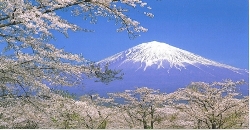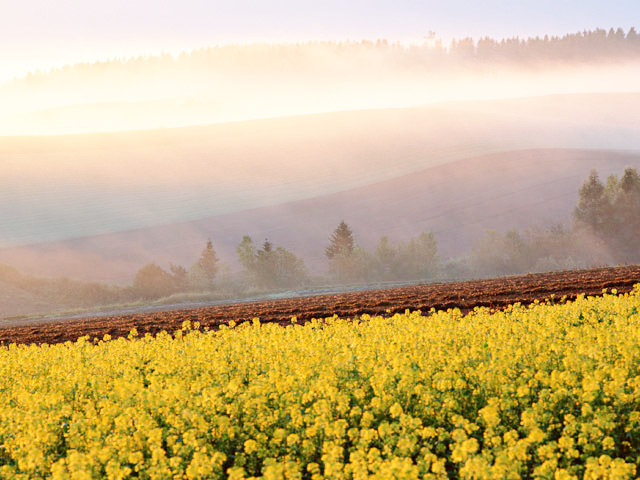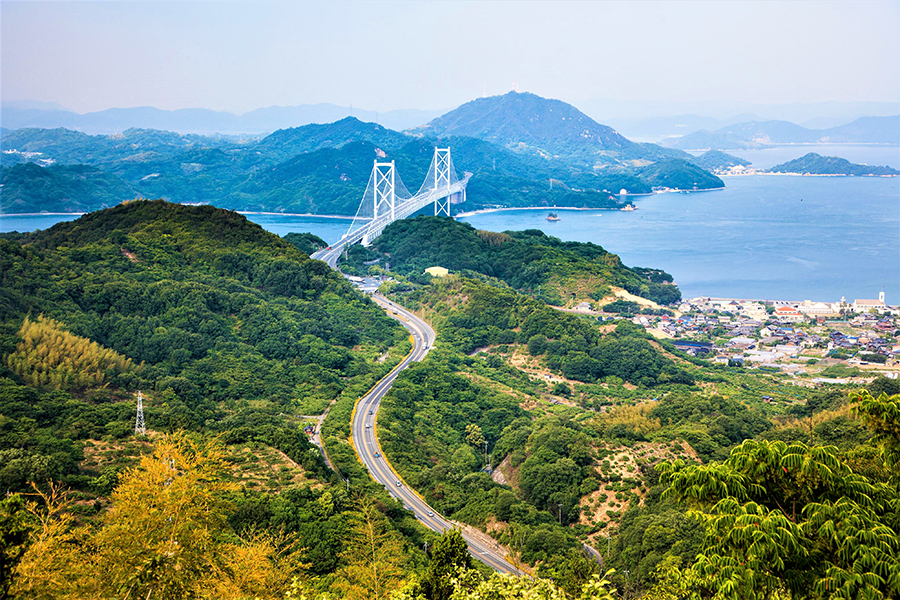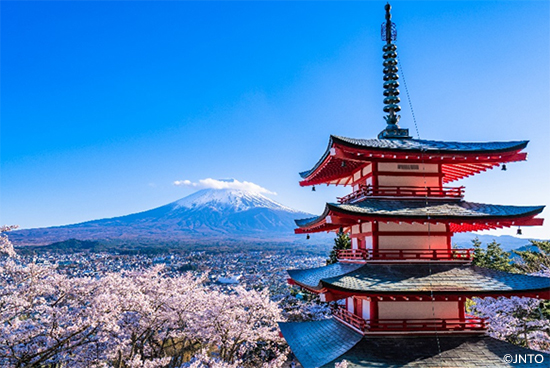(This is a fragment of a travel journal I wrote between 8/2001 and 7/2004 about my experiences in Tokamachi, a small city in Niigata Prefecture. My old computer recently died and took all my old files with it. The entire journal was on that computer, and these are the only remaining entries) The past few days have seen me doing and trying things that I never considered doing or trying before. Last Friday, some other ALTs and I went out to eat together at Daikichi, a yakiniku restaurant in Tokamachi. We were celebrating the arrival of the fourth and final ALT placed in Tokamachi this year, whose name is Alex, and were therefore feeling rather adventurous since we were all finally together. To prove our willingness to accept our new homes with open arms (and stomachs), we ordered lots of delicious items, as well as something a little different. For the first time, I tried "suzume," which is sparrow grilled on a skewer, head and all. I can't say that it was the best thing I ever had, but there are things I have tried that weren't as good. It was extremely crunchy because it still contains the bones, and the taste seemed rather bitter to me. I will NEVER eat it again, but at least I can now say that I have eaten sparrow. We rounded out the evening with parfaits at Clove delicatessen, which for some reason are served with corn flakes in Japan. Very interesting use of cereal, I think. The next morning I woke at 6 am to travel to Nagano Prefecture with two of the teachers at Tokamachi Sogo Koko, Watanabe Sensei and Kawauchi Sensei. We planned to visit Matsumoto Castle in Matsumoto City, the Kaichi Gakko school museum, camp near Mount Norikura, and hike to the summit the following day. Matsumoto Castle is an impressive structure built by the Ogasawara clan in 1504, and the first castle in Japan to be defended by the use of firearms. It has a main tower and two smaller towers on either side, and is built on a base of large stones surrounded by a moat. The stairs in the castle are built very steep and the steps made asymmetrical to slow down any invaders that might breach the outer defenses. I was amazed that the whole building was constructed entirely of wood, and thought the carpentry work must have been a huge task at the time. When guns were introduced into Japan by the Portuguese, the Ishikawa clan had gun ports built into the walls to accentuate the castle's defenses. Any attacker would have had a terrible time trying to take the castle. If they got past the gun ports, arrow ports, and stones dropped from larger openings, they would have to face a well-armed force of samurai defending a well-constructed castle with uneven stairs and narrow passages requiring soldiers to move single file. It must have been a fantastic sight in its heyday, when the castle could be seen for miles in any direction, before Matsumoto became the major town it is today. Afterwards, we visited the Kaichi Gakko museum, which was a school during the Meiji Restoration period in the 19th century. It was fascinating to see the different photographs, records, and textbooks kept there since the 1870s, and to realize that thousands of students learned there before it became a museum. The most interesting part was a room kept off limits, but visible to the public, because the Meiji Emperor stayed there once. We went on to the campground at Norikura, and walked about 1 kilometer with our hands full to the campsite. The park was nearly full, and we had a little trouble finding a good site, but eventually found a nice place not too far from a murmuring stream. After setting up camp, we cooked up a feast that would have fed 10 people. I cut up all the vegetables we would use, and Watanabe Sensei prepared okonomiyaki, which is a kind of pancake with shrimp and scallops (delicious!), and yakisoba, fried noodles with vegetables. Kawauchi Sensei made a fantastic stew out of potatoes, onions, mushrooms, and pork (which I picked out of mine), and served beer, sake, and 12 year-old scotch whiskey he was saving for a special occasion. We talked about our families, our jobs, interests, and experiences while the night got older, and finally went to sleep full of food and memories. The next morning we arose at 6 am to break camp and prepare for our assault on the summit of Mt. Norikura. With three (semi) healthy guys working together, it took us little time, and we proceeded to the parking area where the trail to Norikura begins. The path begins at a Bohemian mountain village-style shopping area, and when we arrived there were thousands (literally) of cyclists arriving at the top from a race that started nearly 30 km away near the campground. When we started hiking, the weather was somewhat cloudy, but the temperature was pretty warm. I was surprised to see a large number of elderly people, including one large excursion group, hiking a trail that much younger people were having trouble with. A scattering of rocks, large and small, made it even more difficult, and parts of the trail were so steep we had to stop and rest every 30 meters or so. The weather became increasingly cool as we ascended, and there were patches of ice that remain on the mountainside for most of the year. When we reached the top, there was a sign that read, Summit of Mt. Norikura, 3206 meters above sea level, and a shop that sold mementos and such. The clouds were so thick that we couldn't see anything except the place where we were sitting. Still, it was fantastic to be sitting on top of a mountain with clouds all around. Soaked from the rain and tired from the strenuous walk, Watanabe Sensei and Kawauchi Sensei suggested we all go to a nearby onsen to relax. For those of you unfamiliar with the Japanese onsen, for a very small price one can bathe and socialize in any number of hot spring water pools and just chill. The one difference between Western hot tubs and Japanese hot springs is that in Japan, no one wears any clothes. I have to admit that at first I was a little nervous about getting undressed with a bunch of strange men, but once I saw that nobody really noticed I lost my inhibitions. Men and women bathe separately at Haruya Onsen, but it was funny to see old men relaxing in REALLY hot water and boys running around playing, totally unaware that they were naked. At Haruya, there are pools ranging from warm to quite hot, and I tried them all just to sample each one. I followed the accepted protocol of showering before entering the baths, but a lot of people just wash off their feet and jump right in. I didn't want to break tradition, so just to make sure I showered before and after. I was the cleanest (and only) American in the whole place! Watanabe Sensei tells me that there are many onsen in the Tokamachi area, so we are probably going tobecome very common visitors at all of them, since I think I have become accustomed to the idea, and certainly enjoy the bath itself. Anyway, that's all for now. Take care, all. Love, Tim Tim Strange JETAA 2001-2004 Niigata Prefecture
Tokamachi: Month One (Part I)
June 22, 2013



















































